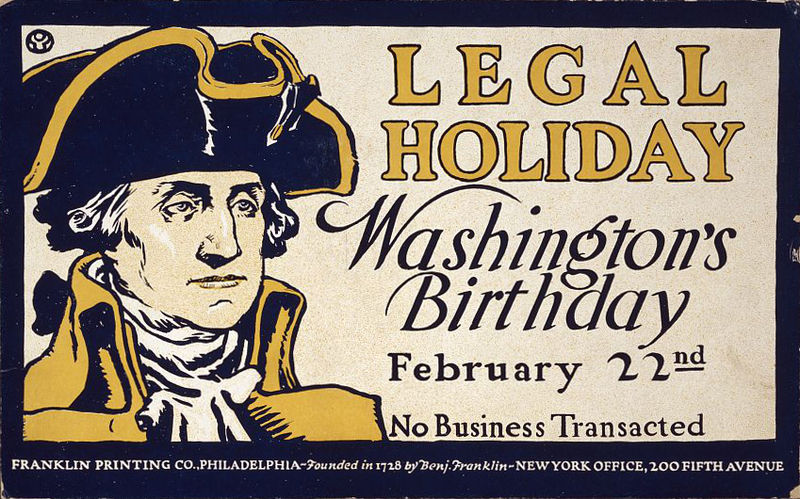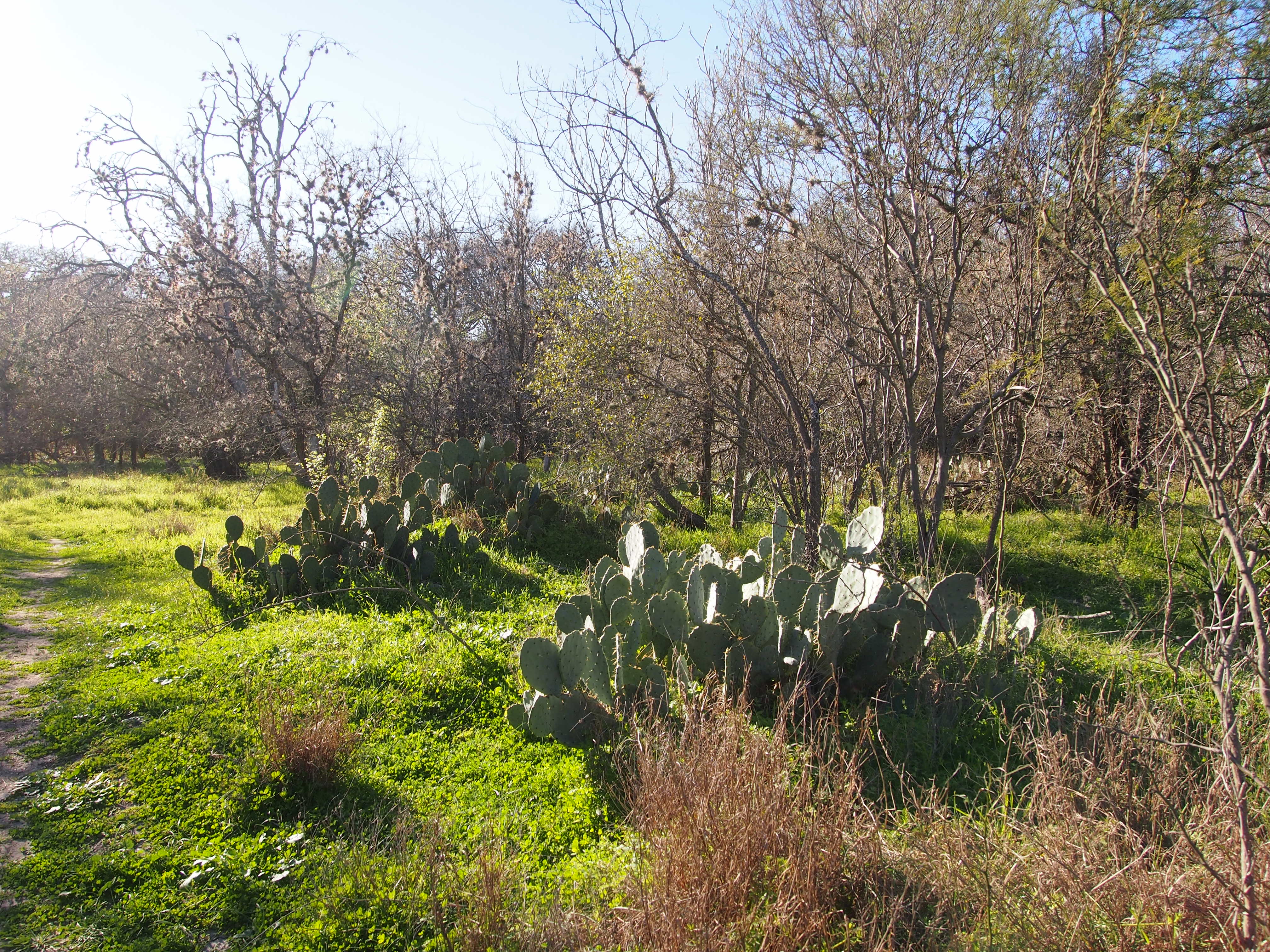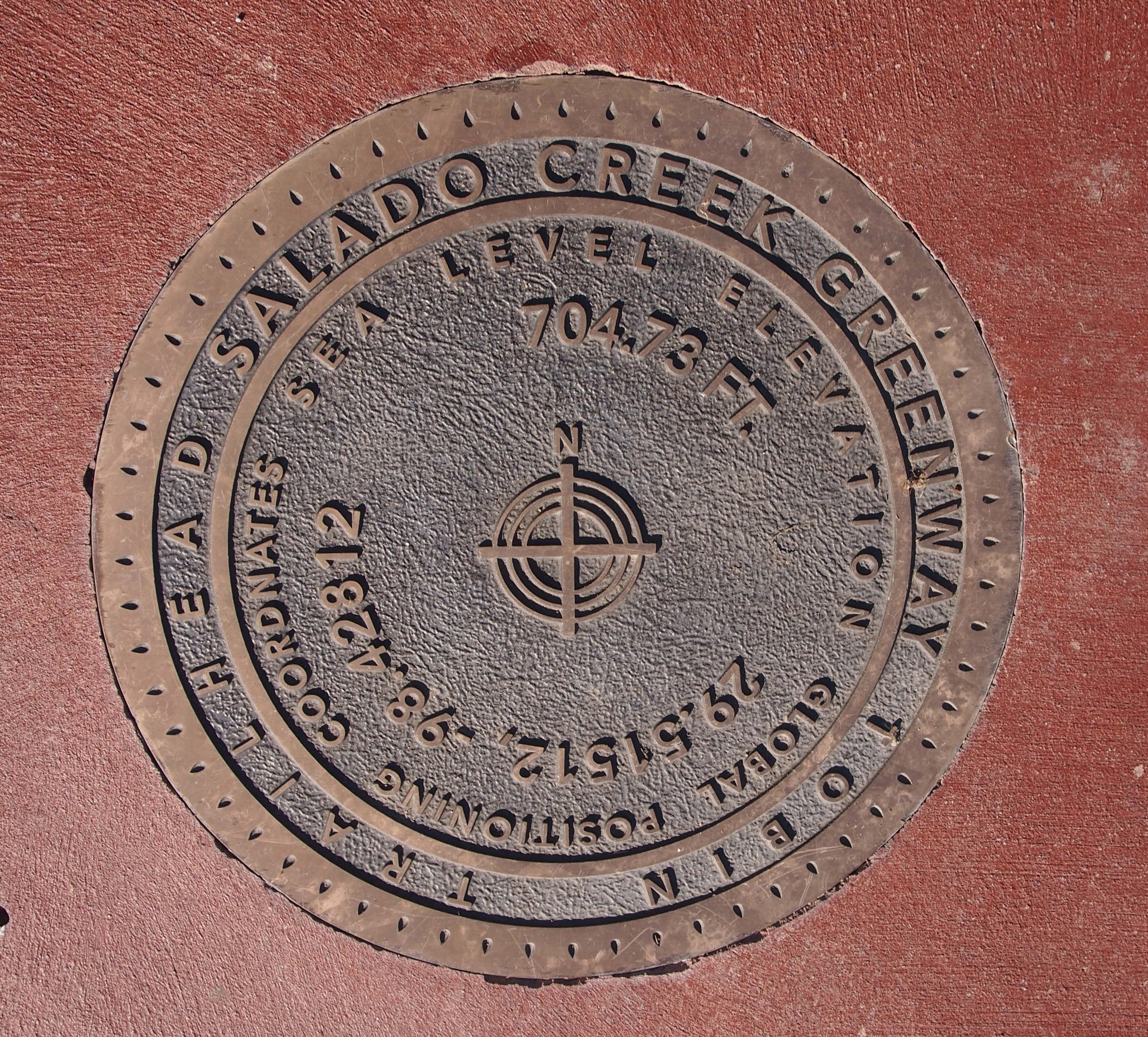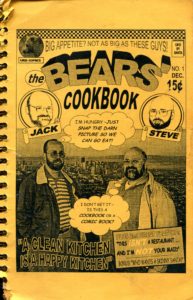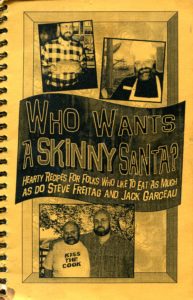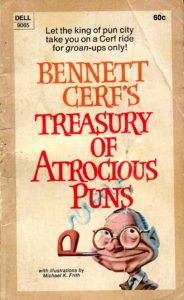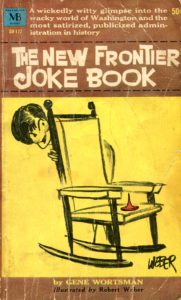Not long ago I looked up the Foreign Policy Association. Turns out the organization has a mission statement.
“The mission of the Foreign Policy Association today, as it has been for over 100 years, is to serve as a catalyst for developing awareness, understanding, and informed opinion on U.S. foreign policy and global issues. Through its balanced, nonpartisan programs and publications, the FPA encourages citizens to participate in the foreign policy process.”
By gar, that’s positively Wilsonian in its optimism that citizens can influence foreign policy, and that in fact U.S. foreign policy can be a force for good in this wicked world. Maybe it can. It’s certainly pretty to think so.
 Another of the books I liberated from my mother’s house in recent years is A Cartoon History of United States Foreign Policy Since World War I — by the Editors of the Foreign Policy Association, the cover says, published in 1967. In the book’s acknowledgement, one Norman Jacobs is given as the editor of the association, but he thanks half a dozen people who participated. A group effort book, then.
Another of the books I liberated from my mother’s house in recent years is A Cartoon History of United States Foreign Policy Since World War I — by the Editors of the Foreign Policy Association, the cover says, published in 1967. In the book’s acknowledgement, one Norman Jacobs is given as the editor of the association, but he thanks half a dozen people who participated. A group effort book, then.
The book includes about 250 editorial cartoons in 19 chapters. Actually, two examples are comic strips that editorialize, but they are exceptions, with most of the content one-panel cartoons. (Remarkably, included is a B.C. strip: two ants are watching two larger animals fight, and one ant says, “If we had ‘the bomb,’ we could intervene.”)
The editors provide a few lines of context for most of the cartoons, usually going out of their way to be nonpartisan and mostly nonjudgmental, at least as far as U.S. policy was concerned. For instance, before the U.S. entry into WWII, there are cartoons for and against intervention in European affairs and then the war itself.
The chapters, and the cartoons, are more-or-less chronological, beginning with the argument about U.S. participation in the League of Nations, continuing through the prewar years and the rise of fascism and then the U.S. in WWII. After that, as you’d expect, comes the Cold War and all its complications and players, which was ongoing as the book was published.
Lots of famous things are touched on — Munich, isolationism, Pearl Harbor, the atomic bomb, the founding of NATO, the wars in Korea and Vietnam, sputnik, the Berlin blockade and wall, and the Cuban missile crisis. Other less-remembered events were the subject of cartoons as well: the Washington disarmament conference, the sinking of the Panay, riots in Poznan, Poland, American marines landing in Lebanon in 1958, and so on.
I probably first read the book in junior high. I learned a great deal from it — maybe as much as in some of my classes — about the history referenced, but also a notion of how things considered settled now were once contentious.
One good example is the Marshall Plan and the creation of NATO. Few would consider those mistakes now, or even 50 years ago, but in the late ’40s not everyone was on board, as illustrated by a cartoon that shows a man — labeled Our Global Meddlers — happily offering a diving board to a character called U.S. Senate. The board is labeled Atlantic Pact and it’s leading to shark-infested waters (labeled War Dangers).
I read through the book enough times over the years that many of the images are still familiar when I look them now. A Cartoon History of United States Foreign Policy Since World War I was also an introduction to some first-rate, or at least then-famous editorial cartoonists, and the art of such cartoons, which has been slipping away from us in recent decades.
The index is instructive. You can tell which cartoonists appeared the most in the book, such as John Fischetti (1916-80), Herblock (1909-2001), Bill Mauldin (1921-2003), Edmund Valtman (1914-2005) and Ralph Yardley (1878-1961). Other cartoonists rated a few examples, and many more only one. One editorial cartoonist not represented: Theodor Geisel, who had a lot to say.
Looking at it now, I’m interested to see the many ways the cartoonists used Uncle Sam. A quick glace has Uncle Sam as the bridegroom of Foreign Entanglements, surrounded by lions, one of the Wise Men, looking on as Europe burns, someone who’s tied cans to the tail of Hitler’s dog (it makes sense in context), as Gulliver tied down, a robbed man with empty pockets, a soldier in Korea, and many more.
Curiously enough, depictions of Uncle Sam seem to slack off in the late ’50s and early ’60s. More often presidents — Eisenhower, JFK and LBJ — stand in for their administrations in those years, though Wilson, FDR and Truman appeared often enough before then. Yet Uncle Sam isn’t completely gone, even in 1967: the second-to-last cartoon has Uncle Sam as a knight, riding (barely holding on to) a horse called U.S. Power. “Of course I’m in charge — I think,” he says (Bob Bastian, San Francisco Chronicle).
Plenty of non-American characters also appear, such as Hitler and Stalin, many times, but also Mussolini, Neville Chamberlain (but not, oddly, Churchill), Chiang Kai-Shek, Khrushchev (many times, but not Brezhnev — too new, I guess), Nasser, Mao, Charles de Gaulle and Fidel Castro, among others.
A few panels are outstanding examples of the editorial cartoon. One is “High Noon” by Bill Crawford (1913-82), which is exceptionally simple and effective. It depicts a top slice of a globe. Toward the bottom of the panel is an arrow on a rocket launcher, ready to fly; a world away, at the edge of the globe almost out of sight, is another arrow, the exact same one on an exact same launcher. The arrows are pointing at each other. This of course illustrates the height of the Cuban missile crisis.
One by C. D. Batchelor (1888-1977) from 1948 shows two figures heading up a luminous (golden) staircase, into heavenly clouds. They are holding hands. One figure is Czech Liberty. The other is Jan Masaryk.
An August 1945 cartoon by Daniel Fitzpatrick, “Journey’s End,” is also simple and effective. Small figures, looking much like the flagraisers on Iwo Jima, are on top of a globe raising a banner that says, VICTORY.
Finally, the two I consider the best in the book, and which were by the same cartoonist: Sir David Low (1891-1963), also known as the creator of Colonel Blimp. I believe both of the cartoons are also better known than the others in the book, and for good reason. Interestingly, neither are directly about U.S. foreign policy, just events that concerned the nation very much.
One is 1939’s “Rendezvous,” which has Hitler and Stalin politely bowing to each other over the body of Poland, whom they just murdered.
Hitler: “The scum of the Earth, I believe?”
Stalin: “The bloody assassin of the workers, I presume?”
The next year, after the fall of France, Low drew a tommy on a beach, invading airplanes overhead, waves crashing around. He holds a fist high. “Very well, alone” is the caption.
Both of these Low cartoons are here, along with a lot of other good ones he did.
 The key to the colors is here. The color scheme is wholly idiosyncratic, so I do have certain ideas about certain places. For instance, if I spent some time in following places, I’d color the respective states blue: the Northwoods of Minnesota; Norfolk and vicinity in Virginia; Mobile, Alabama; and Tuscon, Arizona. If I spent a night in West Virginia or Delaware or Rhode Island or Manitoba, they’d be orange. Just means I need to get out more.
The key to the colors is here. The color scheme is wholly idiosyncratic, so I do have certain ideas about certain places. For instance, if I spent some time in following places, I’d color the respective states blue: the Northwoods of Minnesota; Norfolk and vicinity in Virginia; Mobile, Alabama; and Tuscon, Arizona. If I spent a night in West Virginia or Delaware or Rhode Island or Manitoba, they’d be orange. Just means I need to get out more. Gnomish Stalin was a Christmas president from my brother Jay, shipped to me from the UK. Cornwall, specifically. For all I know, Cornwall might be the world hub of eccentric garden gnomes.
Gnomish Stalin was a Christmas president from my brother Jay, shipped to me from the UK. Cornwall, specifically. For all I know, Cornwall might be the world hub of eccentric garden gnomes.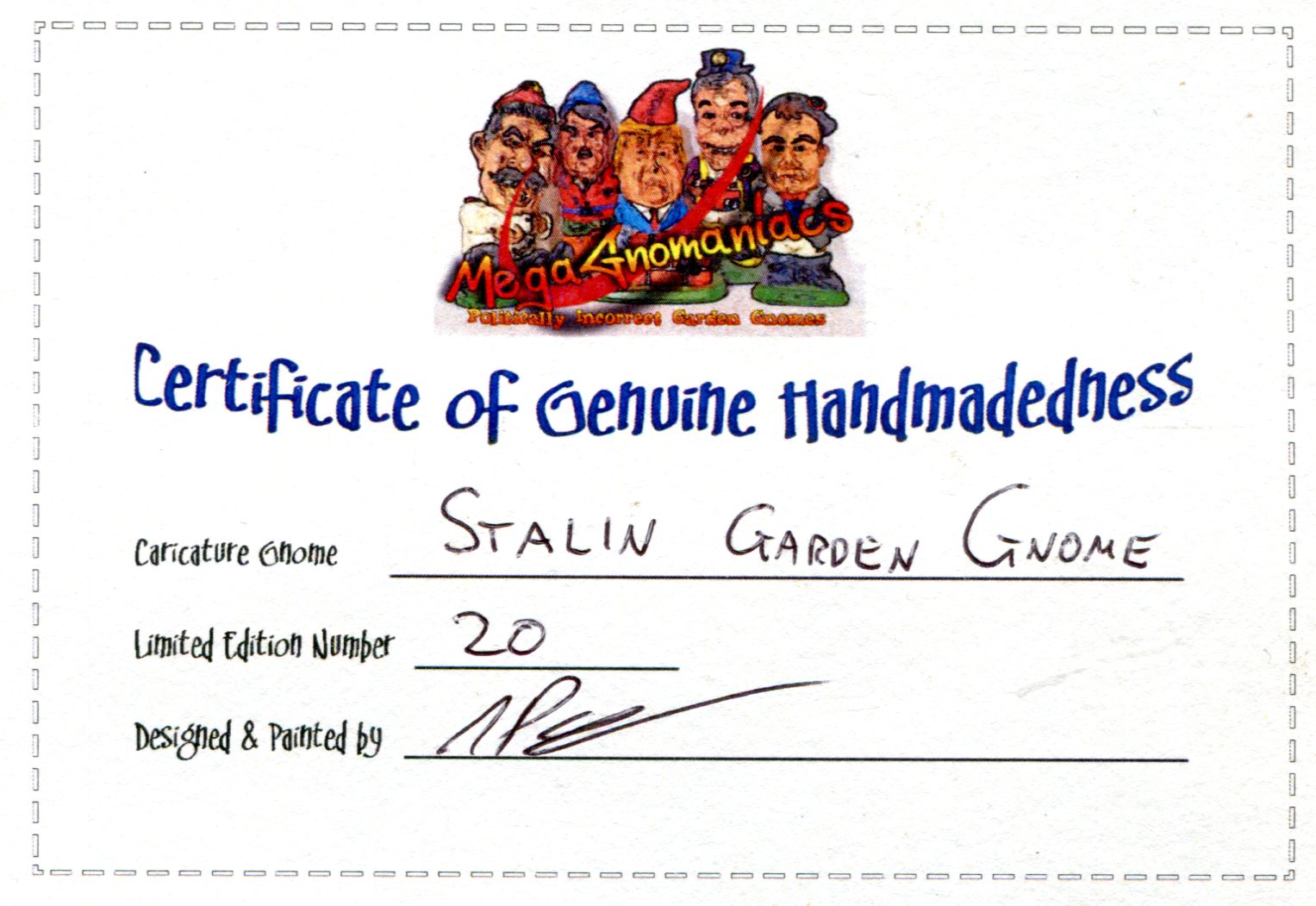 This year, I got Jay a Russian nesting doll — a political matryoshka doll, made in Russia. He sent me a picture. Nice set, though you’d think there would be room for Khrushchev at least, whom I’d pick for inclusion over Yeltsin.
This year, I got Jay a Russian nesting doll — a political matryoshka doll, made in Russia. He sent me a picture. Nice set, though you’d think there would be room for Khrushchev at least, whom I’d pick for inclusion over Yeltsin. Coincidence that we both sent Russian gifts — political Russian-themed gifts, no less? Or synchronicity? Who knows, I’m just glad to have a new conversation piece for my summertime visitors.
Coincidence that we both sent Russian gifts — political Russian-themed gifts, no less? Or synchronicity? Who knows, I’m just glad to have a new conversation piece for my summertime visitors.
